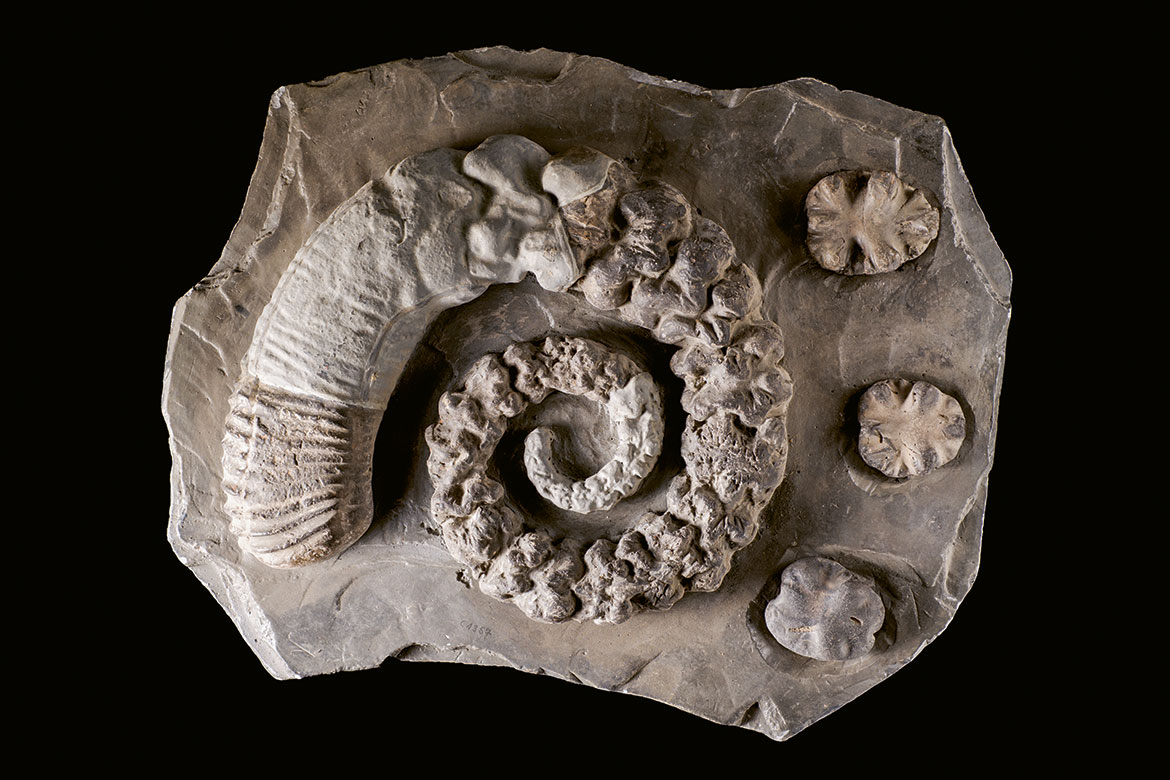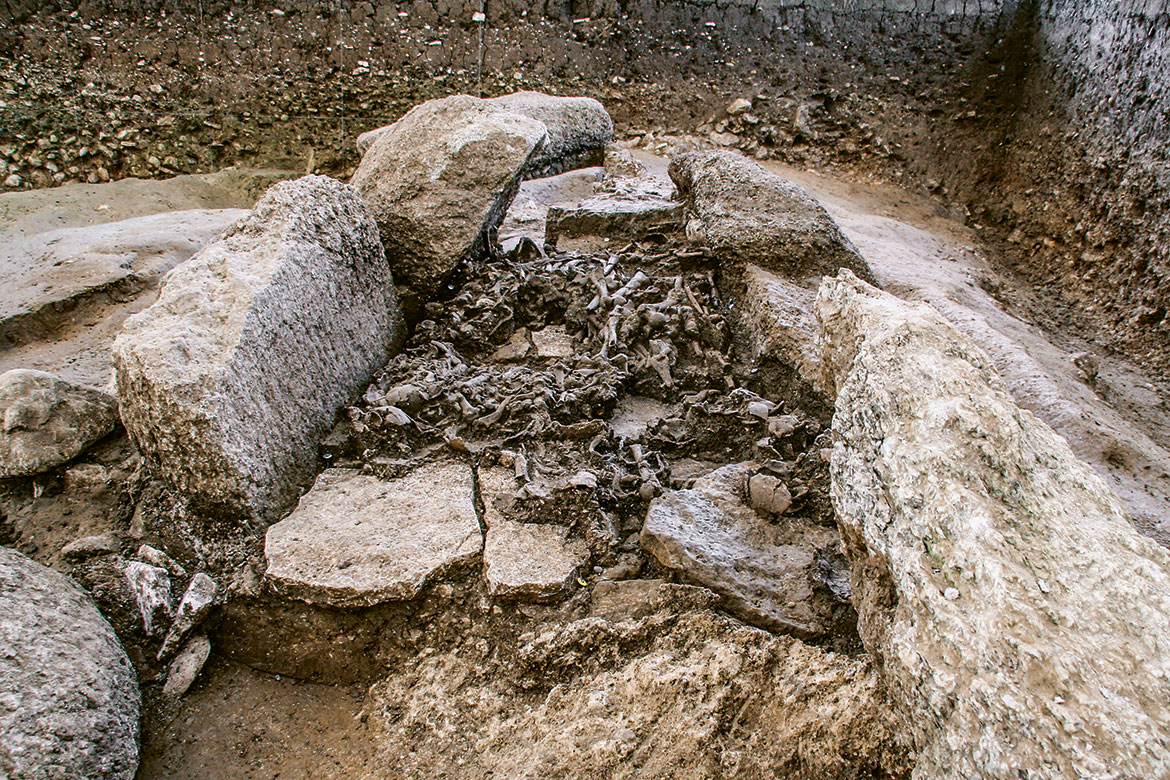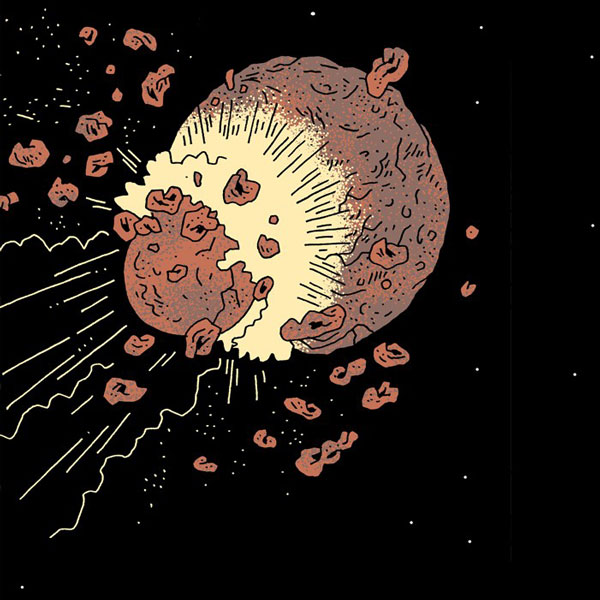FOSSILS
Fragments reveal how fossils are created
The remains of ammonites often assume unusual shapes.

Even individual parts of fossils can harbour information. The filled chambers of the ammonite genus Crioceratites resemble cats’ paws. | Photo: Jens Lehmann
Sometimes, seemingly insignificant fragments of fossils are all we find of them. This causes palaeontologists a good many headaches. But a team led by Christian Klug of the University of Zurich has now gathered together just such finds of snail-shaped ammonites and nautili to describe how they were formed, and how they were exposed at a later date and then redeposited in other geological layers.
These two groups of marine animals were related to the squid but featured a shell whose rear section consisted of several gas-filled chambers that were responsible for regulating buoyancy. These chambers were separated by partition walls and in some cases were filled with sediment during the process of fossilisation. Over millions of years, these partitions and the contents of their filled chambers can become detached from the rest of the shell and later found separately. Klug has come across fascinating cases of such fragments in the form of so-called ‘Katzenpfötchen’ (German for ‘cat’s paws’) that are found on and around the island of Heligoland in the North Sea. They are filled chambers from the ammonite genus Crioceratites, and these fragments acquired their characteristic curves through being exposed to erosion by the waves.
In North America, on the other hand, the isolated fossilised chambers of Baculites ammonites can be buffalo-shaped (hence their name ‘buffalo stones’) and were considered sacred by the Blackfoot tribe. Such fragments as these have often been neglected by researchers, says Klug. “But they can provide valuable clues to the processes of fossil formation and deposition”.



